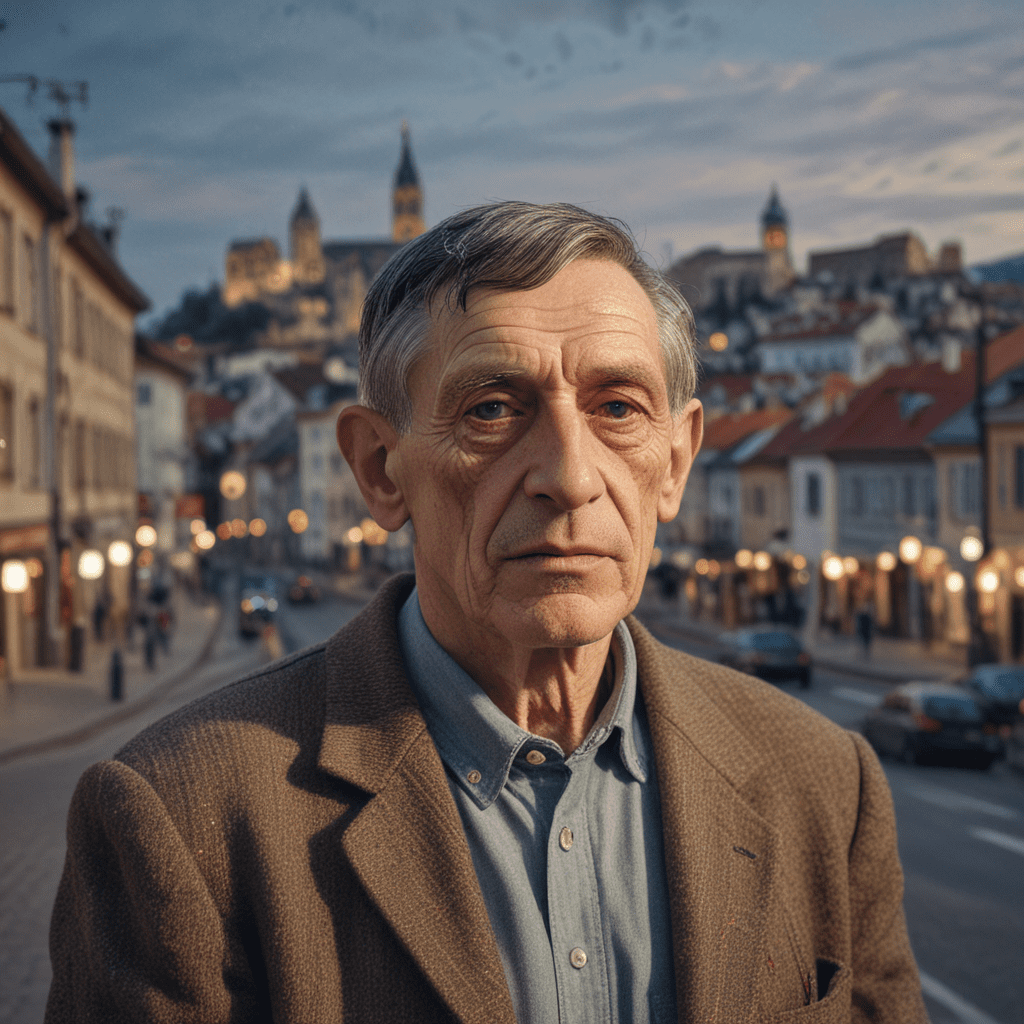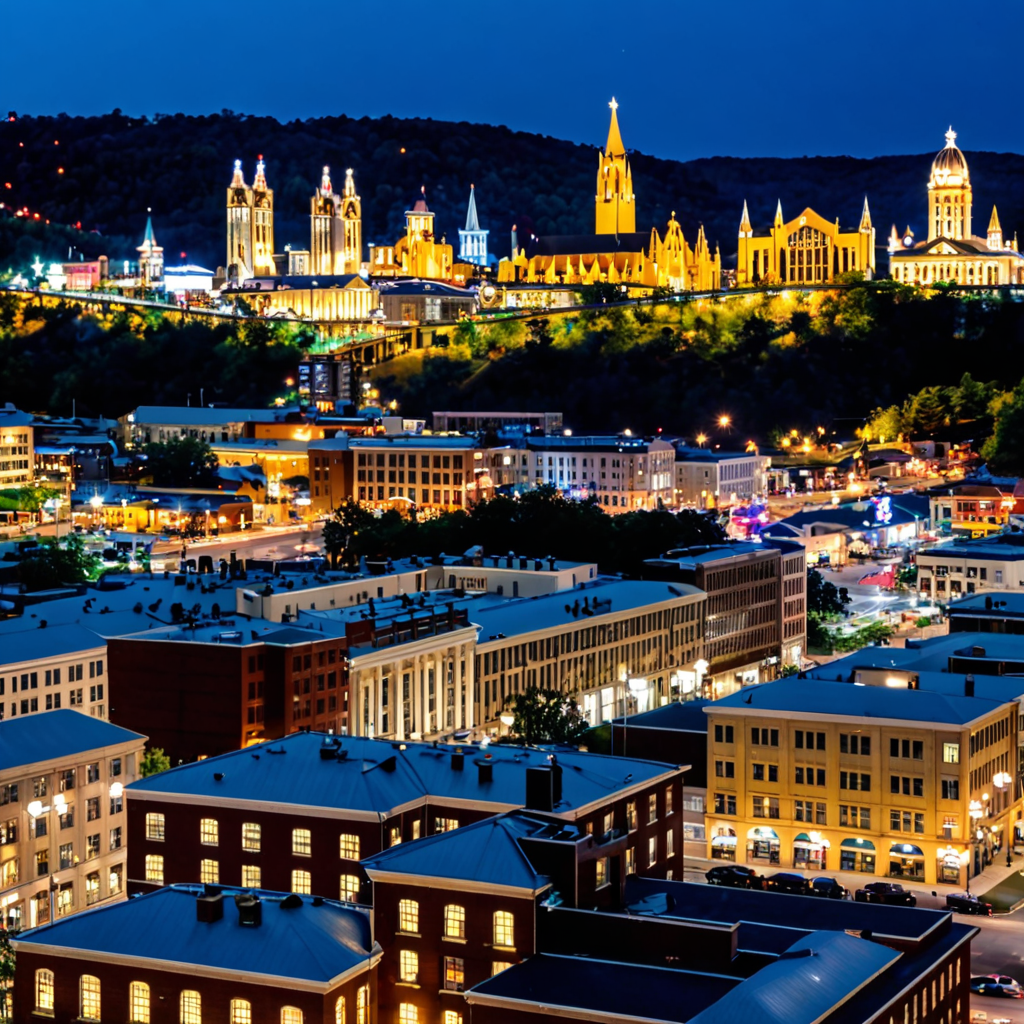
The Artistic Legacy of Oskar Kokoschka in Austria
I. Introduction
Oskar Kokoschka (1886-1980) emerged as an influential figure within the Austrian art scene. His profound artistic contributions during the early 20th century left an indelible mark on Austrian Expressionism and shaped the course of Austrian art history. This article explores the remarkable artistic legacy of Oskar Kokoschka, providing insights into his life, influences, and the transformative impact he had on the Austrian art landscape.
II. Expressionist Beginnings
Kokoschka's artistic journey commenced in Vienna, where he embraced the principles of Expressionism. His early works were characterized by intense colors, distorted forms, and emotional expressiveness, reflecting his belief in art's capacity to convey inner emotions and psychological states. Kokoschka's raw and evocative style challenged traditional artistic conventions and resonated with the tumultuous spirit of the time, further establishing the Viennese art scene as a hub of artistic experimentation and innovation.
III. The Vienna Secession
Kokoschka's involvement with the Vienna Secession, an influential group of artists seeking to break away from conservative artistic norms, further cemented his position within the Austrian art world. He actively participated in the Secession's exhibitions and collaborated with prominent figures such as Adolf Loos and Gustav Klimt, exchanging ideas and influencing each other's artistic perspectives. The Secession movement provided Kokoschka a platform to showcase his innovative works and engage with a broader artistic discourse.
IV. Portraiture and Figurative Art
Kokoschka's artistic repertoire extended beyond landscapes and cityscapes to include a significant body of portraiture. His portraits were not merely representations of individuals but rather psychological explorations, capturing the inner essence and emotional complexities of his subjects. Kokoschka's use of expressive brushstrokes and vibrant colors conveyed the emotions and relationships between individuals, adding a layer of depth and intimacy to his portraits. He became renowned for his ability to evoke the psychological states of his sitters, transforming portraiture into a poignant medium of emotional expression.
V. Landscapes and Cityscapes
Alongside his portraiture, Kokoschka was also drawn to depicting the natural world and urban environments. His landscapes and cityscapes captured the essence of Austrian landscapes, infused with his unique expressionistic style. Kokoschka's use of vibrant colors and bold brushstrokes imbued his landscapes with a sense of energy and dynamism. Similarly, his depictions of urban environments reflected his fascination with the modern world, capturing the interplay between humanity and the rapidly changing urban environment.
VI. The Interwar Period
During the interwar period, Kokoschka embarked on extensive travels, seeking inspiration beyond the confines of Austria. His travels to Africa and contact with Native American art significantly influenced his artistic development. Kokoschka's exposure to different cultures and artistic traditions expanded his creative horizons, leading to a shift in his artistic style. His works from this period incorporated elements of African and Native American art, resulting in a unique blend of cultural influences that enriched his artistic repertoire.
VII. Post-War Expressionism
Following World War II, Kokoschka returned to Austria and resumed his artistic practice, marked by a renewed sense of purpose. His post-war works exhibited a return to his Expressionist roots, characterized by an intensified focus on history and human suffering. Kokoschka's experiences during the war profoundly impacted his art, leading him to explore themes of trauma, loss, and the resilience of the human spirit. His works from this period reflected a deep engagement with the social and political realities of the postwar era.
VIII. Influence on Austrian Art
Kokoschka's influence on Austrian art extended beyond his own artistic output. He played a pivotal role in mentoring and inspiring younger artists, fostering a vibrant artistic community in Austria. His teachings and artistic principles left a lasting legacy on subsequent generations of Austrian artists, shaping the development of Austrian art. Kokoschka's influence can be seen in the works of many notable Austrian artists who embraced his Expressionist style and shared his commitment to artistic innovation.
IX. International Recognition and Legacy
Kokoschka's reputation as a major figure in Austrian art was solidified through numerous international exhibitions and retrospectives. His works were showcased in prestigious galleries and museums worldwide, earning him critical acclaim and widespread recognition. Kokoschka's art resonated with audiences beyond Austria, solidifying his position as an influential artist on the global art scene. His contributions to the development of Expressionism and figurative art continue to be celebrated and studied, ensuring his enduring legacy in the annals of art history.
X. Conclusion
Oskar Kokoschka's artistic legacy in Austria is profound and multifaceted. His pioneering spirit and unwavering commitment to artistic expression left an indelible mark on the Austrian art landscape. Kokoschka's early Expressionist works, his involvement with the Vienna Secession, and his mastery of portraiture and figurative art cemented his place as a major figure in Austrian art. His artistic journey, spanning decades and continents, culminated in a body of work that reflects his unique vision, emotional depth, and profound engagement with the human condition. Oskar Kokoschka's legacy continues to inspire and captivate audiences, ensuring his enduring significance in the world of art.
FAQs
Q: When was Oskar Kokoschka born?
A: 1886
Q: What was the name of the influential art movement that Kokoschka was associated with?
A: Expressionism
Q: Which prominent group of artists did Kokoschka collaborate with in Vienna?
A: Vienna Secession
Q: What type of art was Kokoschka known for besides portraiture?
A: Landscapes and cityscapes
Q: In which period did Kokoschka experience a shift in his artistic style due to cultural influences?
A: Interwar period

